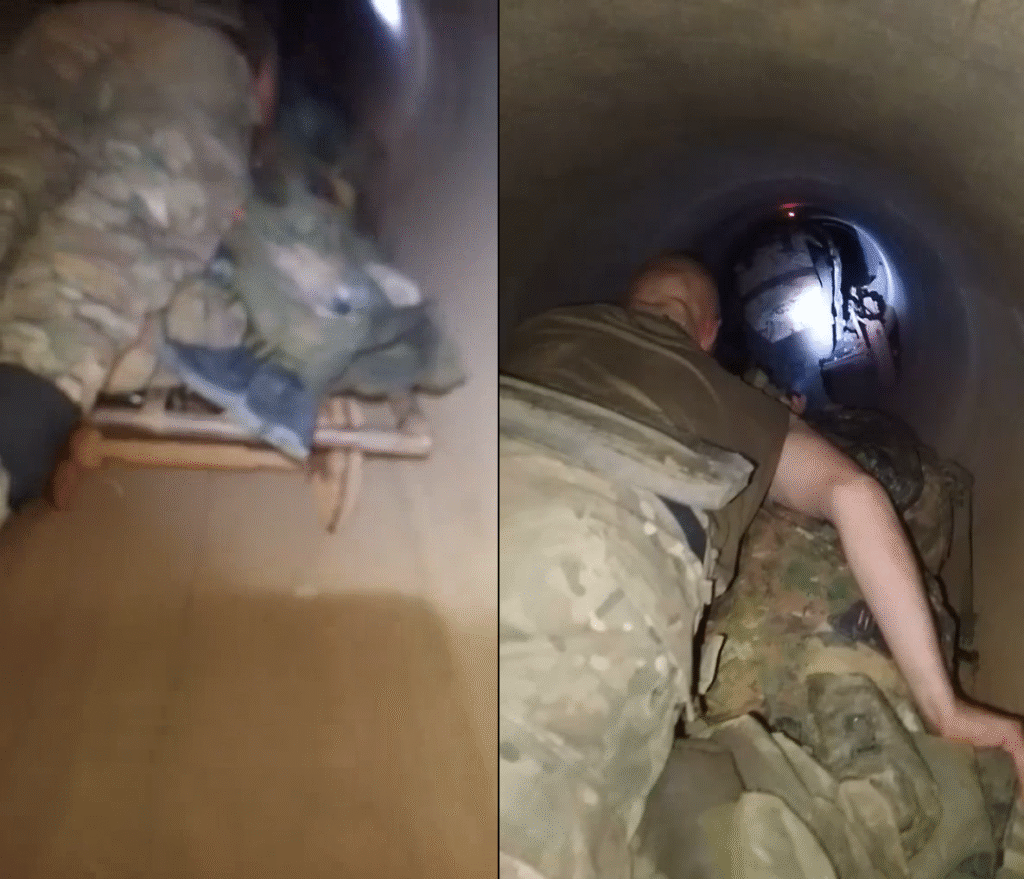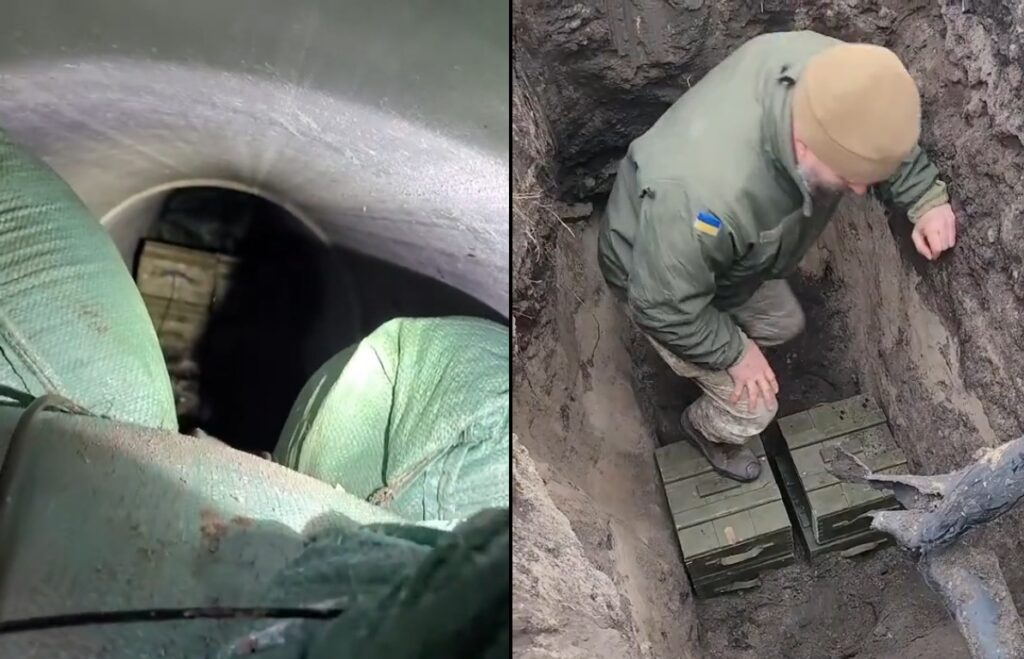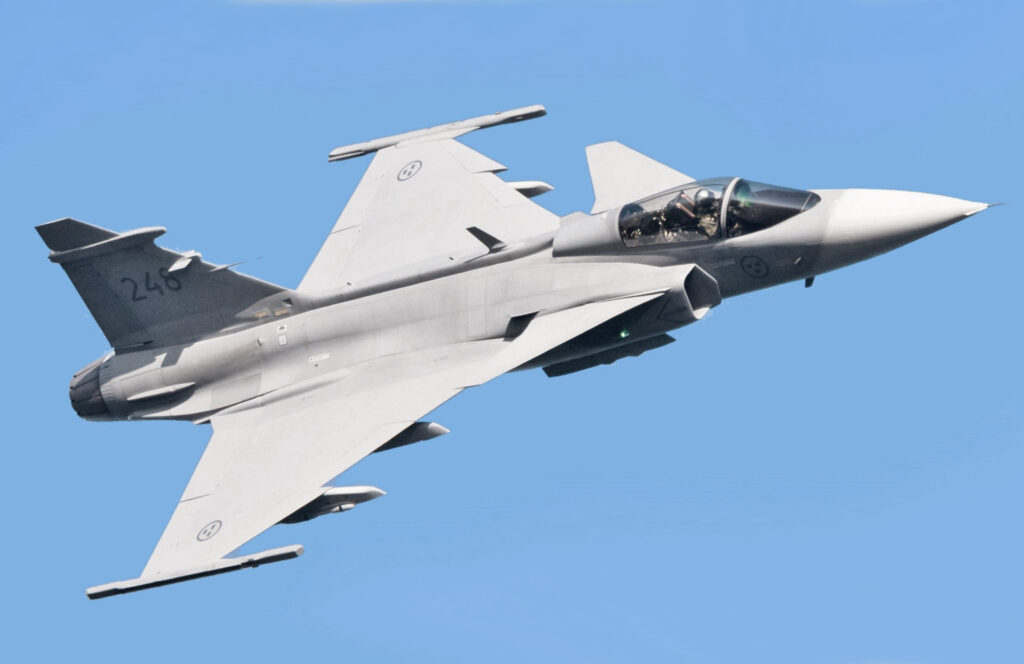In recent months, an unusual tactic has gained attention on the battlefield: the so-called “pipe war.” This method involves the use of underground pipelines for troop movements, allowing forces to bypass enemy surveillance and drone threats. The latest reports indicate that Russian troops have revived this tactic in the Pokrovsky direction, raising new challenges for Ukrainian defenses.
Russian Use of Pipelines for Movement
Russian forces began employing underground pipelines as a means of infiltration earlier in the conflict, most notably in the Kursk region. The approach proved effective there, enabling territorial gains while minimizing exposure to FPV drones and aerial reconnaissance. Underground passageways offer a rare zone of relative safety, shielding troops from one of the most dangerous aspects of modern warfare—drone strikes.
In the current Pokrovsky direction, Russian forces appear to be replicating this approach with the goal of creating an additional flank against Ukrainian positions. Reports suggest that customized buggies and wheeled platforms have been developed to facilitate troop movement inside sewer and pipeline systems.

Ukrainian Countermeasures
Aware of the potential threat, Ukrainian troops have begun fortifying and sabotaging pipeline passages to deny Russian forces their use. Defenses include the installation of barbed wire and, in some cases, the complete destruction of sections of pipeline with explosives.
One notable example occurred in the Kupiansk direction. There, Russian soldiers had previously used wheeled platforms adapted for individual movement through pipelines. To counter this, Ukrainian forces reinforced the underground routes with barbed wire, effectively blocking passage. While in theory such obstacles could be cleared, the confined and narrow environment of the pipelines makes their removal nearly impossible without significant risk.

Strategic Implications
The revival of pipeline warfare highlights the increasing creativity and adaptability of both sides in the conflict. For Russian forces, the tactic represents a low-cost method to evade aerial threats and launch surprise maneuvers. For Ukrainian defenders, it presents the challenge of monitoring and securing extensive underground networks while simultaneously holding conventional frontlines.
If Russian forces succeed in establishing a new flank via these concealed routes, it could provide a significant tactical advantage. Conversely, effective Ukrainian countermeasures could neutralize this approach and prevent its wider adoption.
Conclusion
The “pipe war” underscores the evolving nature of modern warfare, where both sides continuously adapt to technology and battlefield conditions. What began as an improvised tactic in Kursk has now expanded into new regions, with both Russian and Ukrainian forces contesting not only the ground above but also the space beneath it. The outcome of this underground struggle may well influence the dynamics of larger operations in the months ahead.


